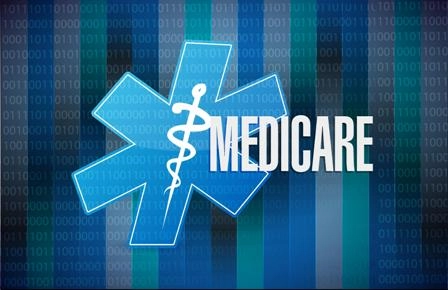Look to N43 Series for Hydrocele
Question: We recently treated a patient with a hydrocele. Which ICD-10-CM codes should I look to for this? Maine Subscriber Answer: A hydrocele is a fluid-filled sac surrounding a testicle that causes swelling in the scrotum. Hydroceles are common in newborn males, especially premature infants. However, hydroceles can also occur in older males during puberty and in adults. When older patients see them unexpectedly, they may think they’re experiencing an emergency and present to the ED. If your ED physician diagnoses a hydrocele, you must check the documentation to see what specific type the patient has. Then you can look to the following ICD-10-CM codes: Hydroceles are classified as either communicating or non-communicating. Communicating hydrocele defined: A communicating hydrocele has contact (communication) with the fluids of the patient’s abdominal peritoneal cavity. A communicating hydrocele is caused by the processus vaginalis failing to close completely during prenatal development. If this membrane remains open, the patient could potentially also develop a hernia as well as a hydrocele. Communicating hydroceles are seen most often in male infants and very young male children. Non-communicating hydrocele defined: A non-communicating hydrocele does not communicate with the abdominal peritoneal cavity. A non-communicating hydrocele might be present at birth or might develop years later for no obvious reason. A non-communicating hydrocele usually remains the same size or has a very slow growth. Don’t miss: Another term for a non-communicating hydrocele is an “encysted hydrocele,” so if you see this diagnosis in your physician’s documentation, you should report code N43.0 as the diagnosis.





